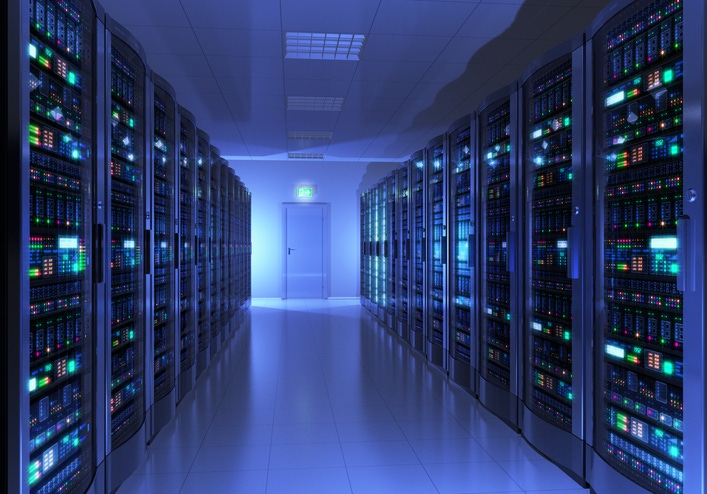Immutable Infrastructure: Challenges and Opportunities for MSPs
Immutable infrastructure can simplify software management for MSPs, but it also threatens their business models in some ways. Here's how MSPs can respond to the immutable infrastructure trend.

Immutable infrastructure has become one of the most popular infrastructure management strategies. For MSPs, that’s a good and a bad thing: Immutable infrastructure creates new opportunities, but also new threats to MSP business models.
Immutable infrastructure is an infrastructure management strategy that involves destroying and replacing applications (or parts of applications) whenever an update is required.
It’s the opposite of traditional management models, in which an application’s configuration is updated while it is running. This approach can lead to “configuration drift,” or the tendency of application configurations to become inconsistent over time. It also increases the risk that a problematic update may cause a live application to break.
Under the immutable infrastructure model, admins have a greater ability to control software changes. They can ensure that the updated version of an application will behave as expected before they deploy it. They can also roll back changes easily if a problem occurs.
In essence, immutable infrastructure is the equivalent of totally removing an application from your computer, then installing an updated version, whenever you want to update the application.
However, immutable infrastructure isn’t usually managed via traditional software update tools. It instead is based on containers and, to a lesser extent, virtual machines, which make it easy to build immutable infrastructure. Using container images or virtual machine images, an updated version of an application can be prebuilt and tested, then deployed. Once the updated container or virtual machine is running, the old version is destroyed, providing for a clean, low-risk update process.
Immutable Infrastructure and MSPs: Opportunities and Challenges
In some ways, immutable infrastructure makes the lives of MSPs easier. They can use immutable infrastructure techniques as part of their own operations in order to manage clients’ infrastructure more reliably and efficiently.
On the other hand, immutable infrastructure also provides more opportunities for organizations to self-service their infrastructure and software management needs. By reducing the complexity and risk of software update processes, immutable infrastructure workflows make it easier for organizations to update software themselves. They don’t have to rely on MSPs to manage software updates for them.
In this sense, immutable infrastructure is like serverless computing: It reduces the amount of complexity that organizations need to contend with when deploying software. By extension, it makes it harder for MSPs to add value by managing complex processes for their customers.
How MSPs Can Add Value to Immutable Infrastructure
A forward-thinking MSP can respond to the immutable infrastructure challenge in the following ways:
Emphasize to customers that although immutable infrastructure reduces management complexity in some ways, it may require them to learn new technologies, such as Docker containers. These technologies have a steep learning curve, and it is likely more time- and cost-efficient in the long run for customers to let MSPs continue managing their infrastructure and software than to try to learn complicated new technologies themselves.
Recognize that not all applications fit an immutable infrastructure model. Software running on workstations, for example, can’t be deployed in most cases in an immutable fashion using containers and virtual machines. Traditional software management practices will remain the norm in these contexts for the foreseeable future.
Explain to clients that immutable infrastructure strategies work best with microservices-based architectures. If your customers’ apps are not microservices-based, which they probably are not if they are legacy apps, the immutable update model is a poor fit because it would require the entire application to be stopped whenever an update needs to be deployed to any part of it.
Focus on automating the immutable infrastructure process. Customers who attempt to manage their own immutable infrastructure will realize that the process can be tedious, even if they already know how to use Docker and container orchestrators. If MSPs can deliver an automated, fully managed process for maintaining immutable infrastructure, they’ll have an easy way to add value to the operations of customers who want to adopt immutable infrastructure.
Explain that immutable infrastructure doesn’t solve the challenges such as security, monitoring and logging. They apply to immutable infrastructure models as much as they do in a traditional context. They are all challenges that MSPs can help to address through managed services.
Conclusion
Immutable infrastructure provides opportunities to create new efficiencies in managing and updating software. In some ways, it threatens the operations of MSPs. However, immutable infrastructure also creates new opportunities for MSPs to manage software more efficiently, and to provide even more value to their customers.
About the Author(s)
You May Also Like


